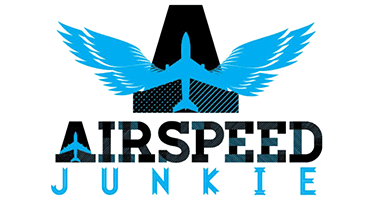The P-51 Mustang : History And Specifications
The P-51, more commonly known as the Mustang, is one of the most persistent and endearing images in people’s minds. Its silhouette is etched into the consciousness of people around the world. It is best-known for its involvement in the Second World War, but it was used in other conflicts as well, and was even used from the start of the Korean War, despite the newer jet technology in development at the time. Its elegant yet muscular design contributes to its position in our memories as one of the best fighter aircraft ever built.
History
The P-51 Mustang was first introduced in 1942, about half-way through the war. However, at the time, it did not yet have the famous bubble-canopy that we now recognize. Its main purpose was to escort bombers deep into enemy territory, which it could achieve due to its large fuel capacity and long range. Few other fighters were capable of having this long range while still being viable in a dogfight. The P-51D brought the bubble canopy, which completed what we now recognize as an iconic shape and gave the pilots much better rear visibility. The Mustang became instrumental in defeating the German war effort through protecting allied bombers from attack.
Specifications
Altogether, more than 15,000 P-51 Mustangs were built. Collectively, they shot down 4,950 enemy aircraft, more than any other Allied fighter. There were several variants of the P-51, from the early prototypes to the later B, C and D models that are remembered the best. The aircraft was 32 feet long with a 37 foot wingspan. Typical weight was 9,200 lbs. Its engine was a Packard clone of the Rolls-Royce Merlin engine, a supercharged V-12 that produced up to 1,700 horsepower. The Mustang’s top speed was about 437 mph, and with external tanks it could fly a full 1,650 miles.
Armament
Typical armament was six .50 caliber Browning machine guns in the wings, though some models had only four guns of the same type. These high-powered, general purpose weapons were very effective against all threats. 1,880 rounds of ammunition were carried in total. The P-51 could also carry various bomb loads of up to 2,000 lbs, or an array of unguided rockets. Altogether, the P-51 Mustang was successful largely because of its good handling characteristics, extremely long range and versatile armament, which allowed it to fulfill many different roles in the long quest to win the war.







